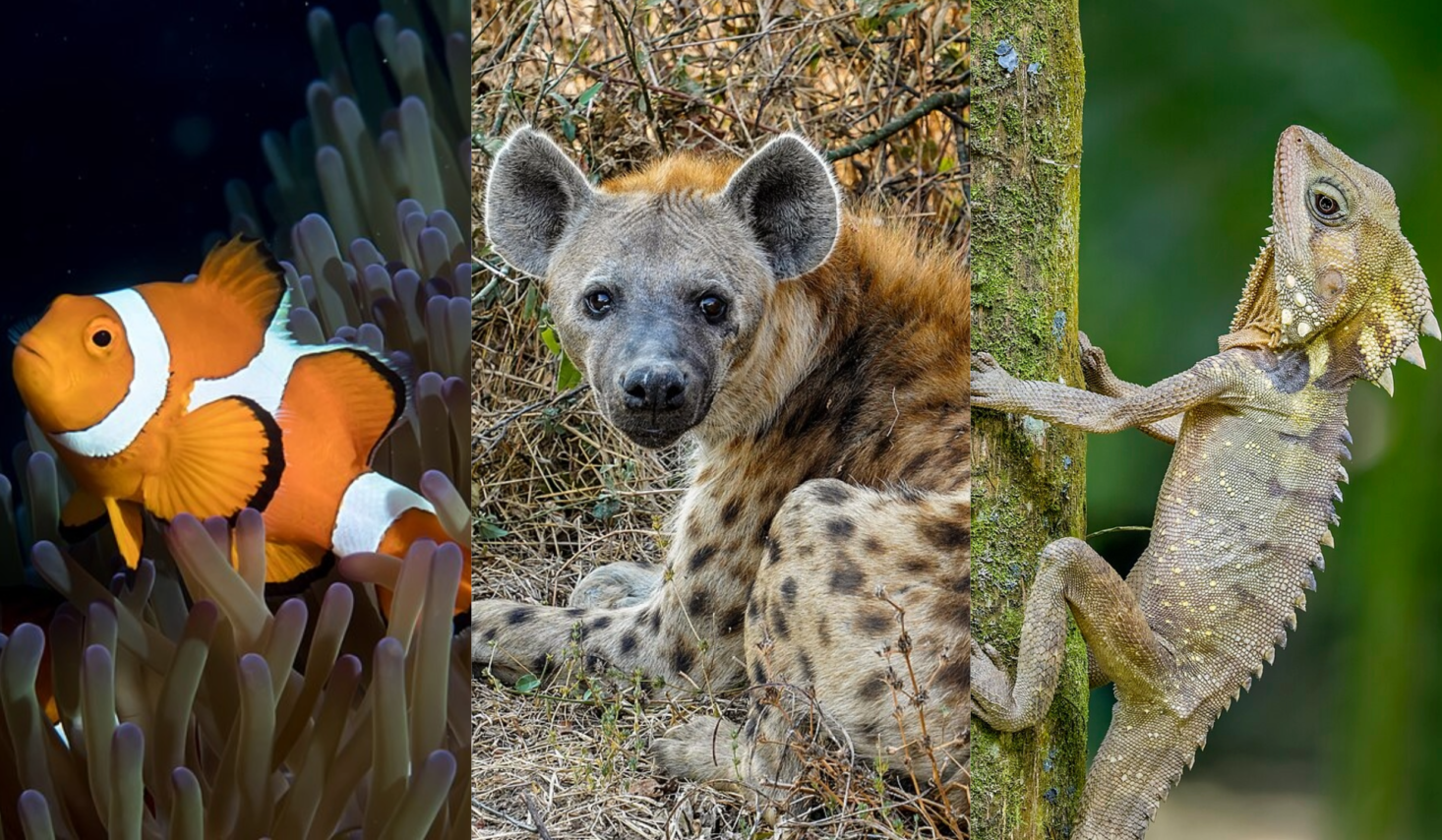
Transphobes love to cite “biology” in their exclusionary views. Lesbian separatists, right wing lobbyists, the Pope, She Who Must Not Be Named — this shrinking class of gender imperialists use “biological sex” as a pseudo-intellectual trump card to suggest that the gender binary is inalienable due to this perceived fact.
Yet, these relentless displays of willful obtuseness ignore many facts in order to prove their point. Such as, the fact of intersex bodies. Such as, the fact of overwhelming support from medical institutions and experts advocating for the prosperity of trans people. (Take the Endocrine Society — the largest and oldest medical organization dedicated to researching hormones — calling out the terms “biological sex,” “biological male,” and “biological female” as “imprecise and should be avoided.”)
There’s also the fact of trans beings in some of the earliest recorded histories of the earth, preceding the politicization of the term “transgender.” Or, the fact that the human species is really only one member of that supposed “biology.”
Anyway, enough about humans, let’s learn more about these tranimals. Where of course some might take issue with the identity-based term “trans” applied loosely to this list of gender-variant fauna for colloquial effect, my only natural response to that is, well, some biological facts.
This story is a companion to our April cover story with Geena Rocero.
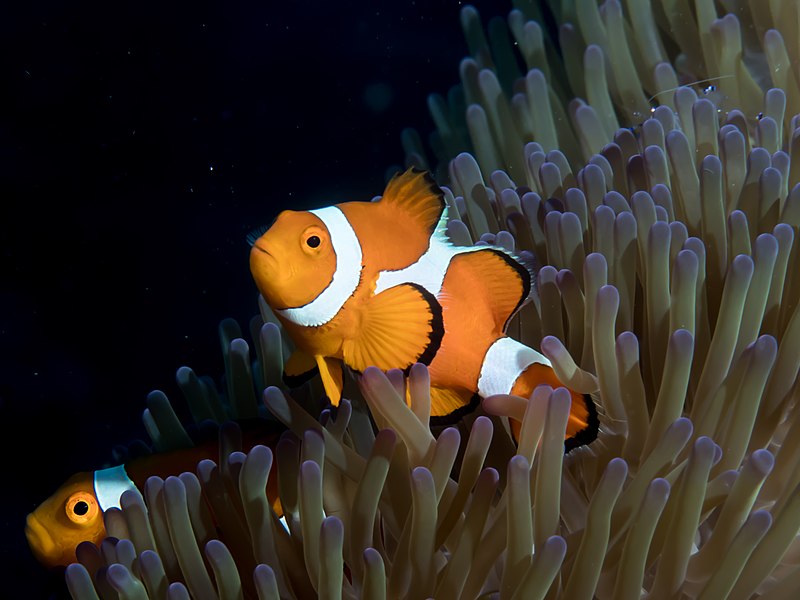
BY RICKARD ZERPE
1. CLOWNFISH
A few years ago, Geena Rocero gave a talk at Pixar Headquarters and someone asked her about the kind of representation she wanted to see. She replied, “I can’t wait for Nemo to come out as trans!” This joke came from the fact that all clownfish are born male, into a female-dominated hierarchical community. When the need arises, clownfish then sex-change into female in a process known as sequential hermaphroditism. Call her “TS Nemo!”
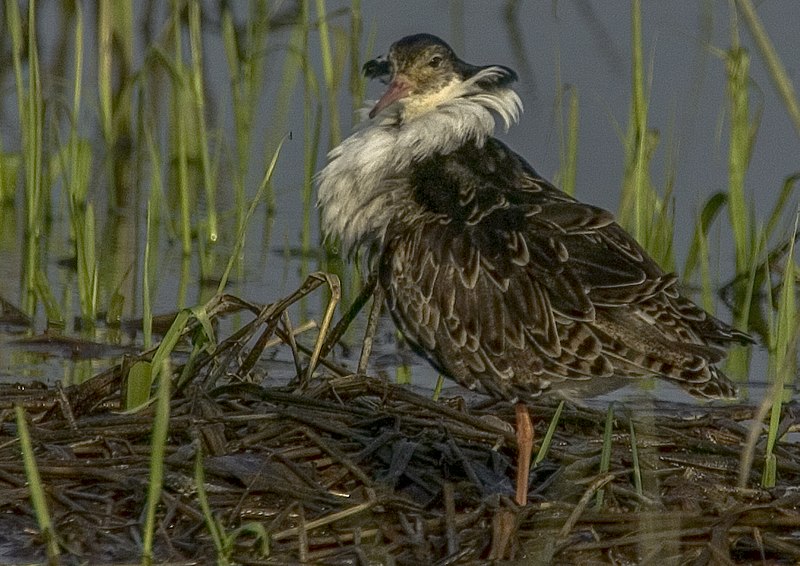
by Jerzy Strzelecki
2. SANDPIPER RUFF
This unsung bird species is known for having not two, but four distinct genders — an evolution created by their elaborate courtship and mating structures. One of these genders is a “female mimic” that blends in with the other females thanks to a sequence of just 100 genes that creates this behavior — a phenomenon scientists spent 30 years studying.
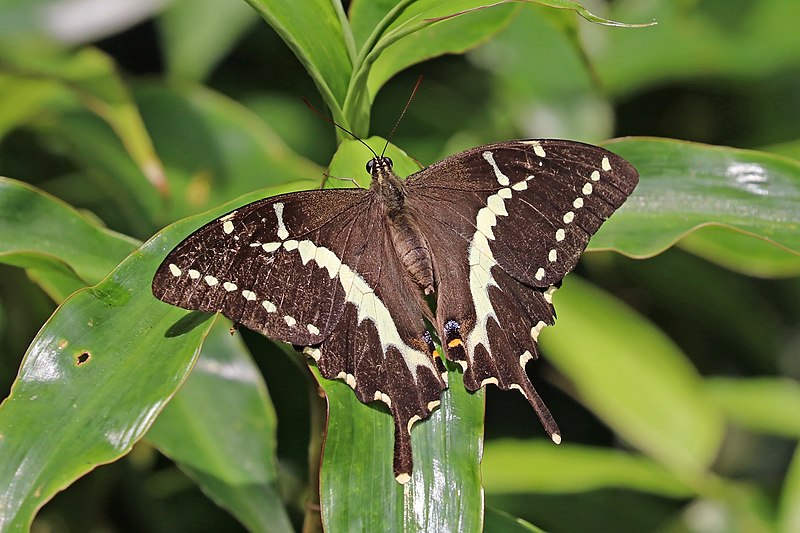
by Sharp Photography, sharpphotography.co.uk
3. SWALLOWTAIL BUTTERFLY
A few different kinds of butterflies exhibit dual-gender behaviors, but the swallowtail does it with the most glamor. Some female swallowtails have a wing pattern defense mechanism that make it indistinguishable from the more toxic butterflies in its ecosystem. The “doublesex” gene is responsible for this masterful camouflage — the experience of transfeminine code-switching in a nutshell.
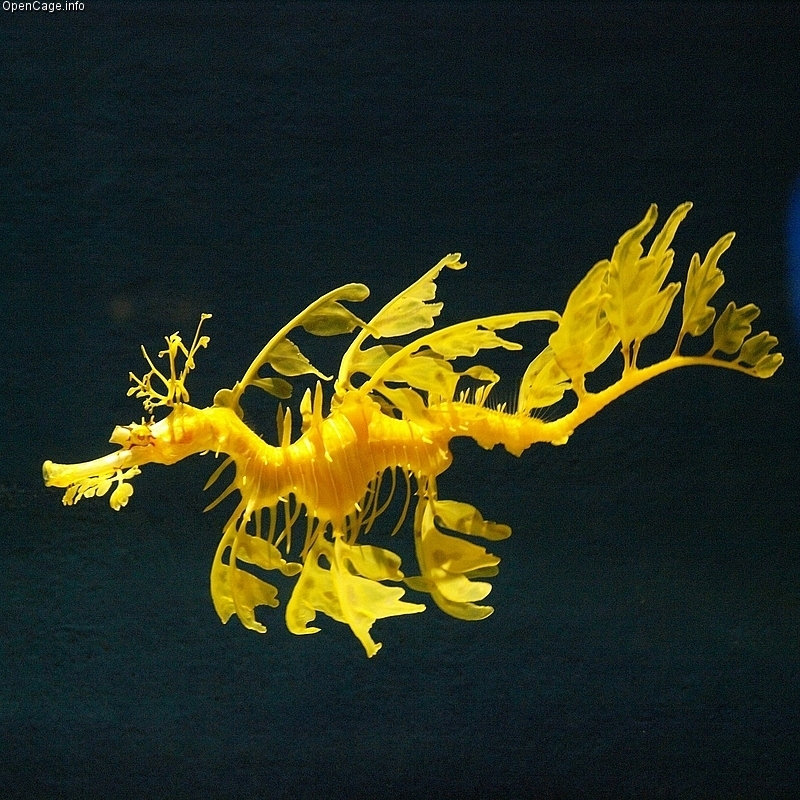
by opencage.info
4. SEAHORSE
By now most people know seahorses are famous for switching up parenting roles. Our April cover was inspired by the color patterns of the leafy seadragon which has the same gender-swapping trait. These underwater fathers incubate their babies in a uterus-like pouch complete with placenta. That’s why some pregant transmasculine folks call themselves “seahorse dads.”
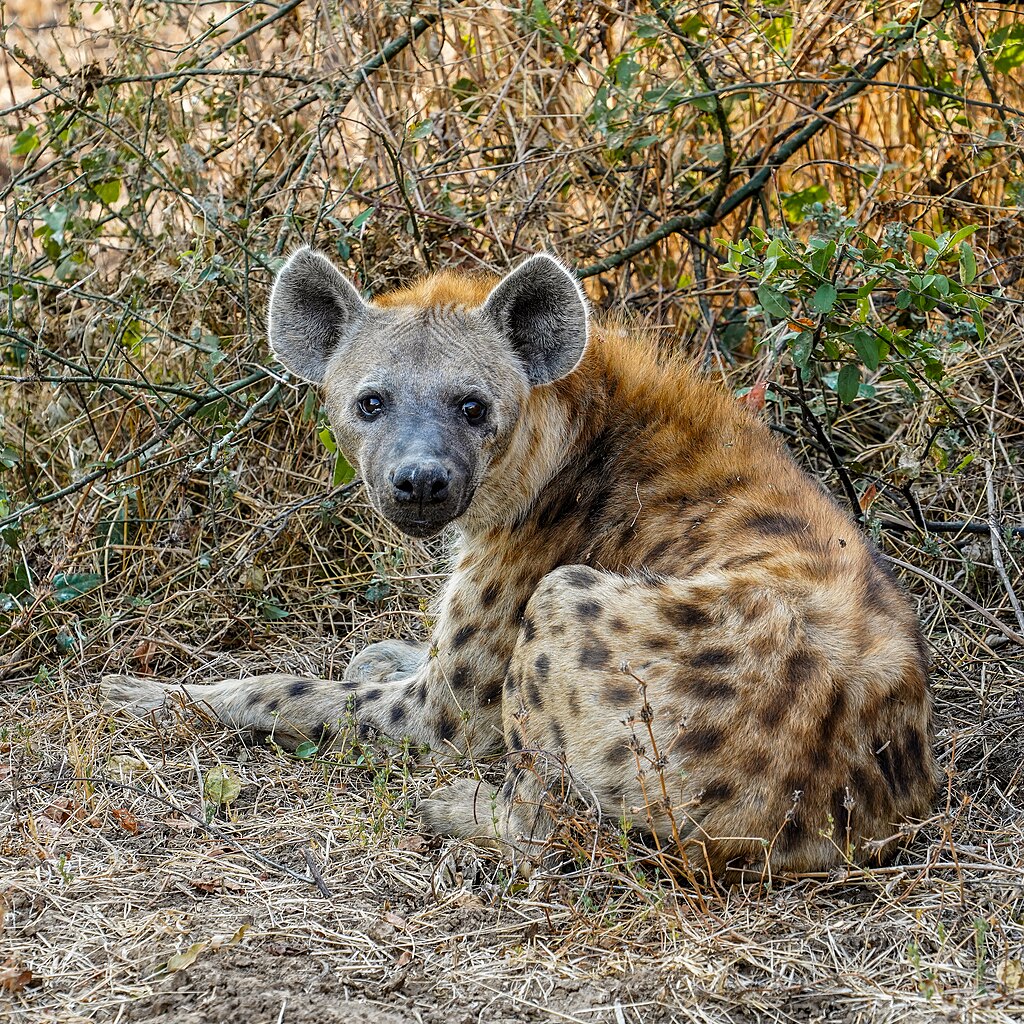
by Timothy A. Gonsalves
5. SPOTTED HYENA
Fpotted hyenas are the only known female mammal to “copulate, urinate, and give birth through a penile-like canal. It’s even possible for females to achieve erections.” With a large, retractable clitoris and teste-like labia, these female appendages are actually bigger than the males — and I exercised a lot of restraint redacting a joke about that.
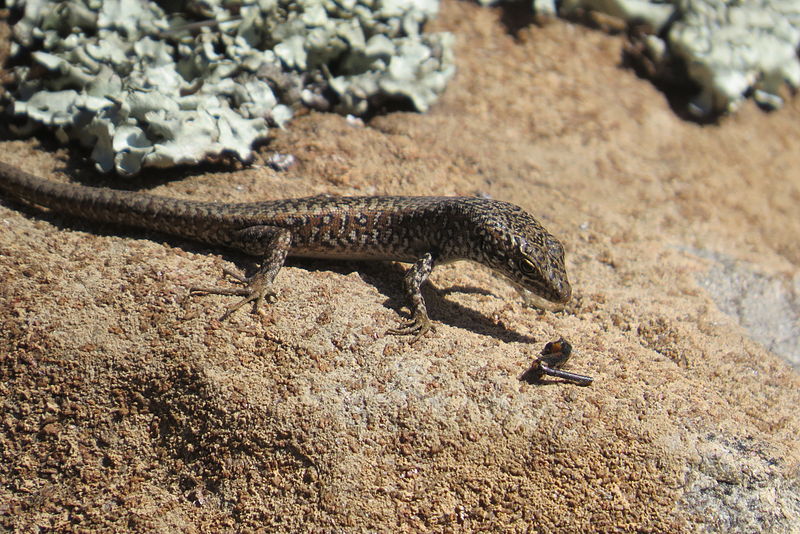
by JMsayers
6. SPOTTED SNOW SKINK
In newly discovered research, it was found that a number of these Tasmanian lizards change sex from female to male in a climate-based adaptation. Those in cooler climates and lower altitudes exhibited this quasi-transition because the females favor warmer climates — who can blame a doll?
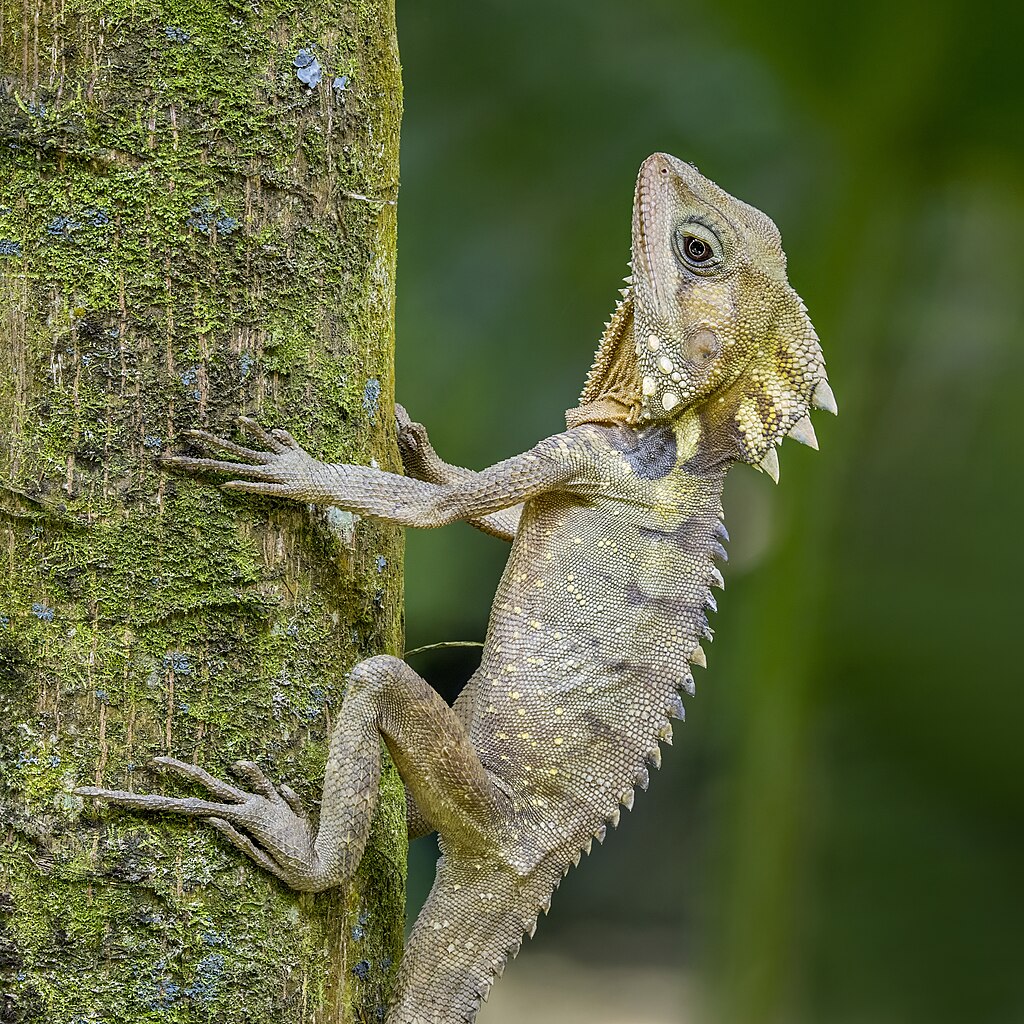
by Sharp Photography sharpphotography.co.uk
7. BOYD’S FOREST DRAGON
Speaking of lizards, this Australian forest dragon is a recent addition to the tranimal kingdom. Some females’ ovarian tissue disappeared, they stopped producing eggs, and then started to develop male characteristics, including full testes — making it the world’s first reptile to change sex after birth.
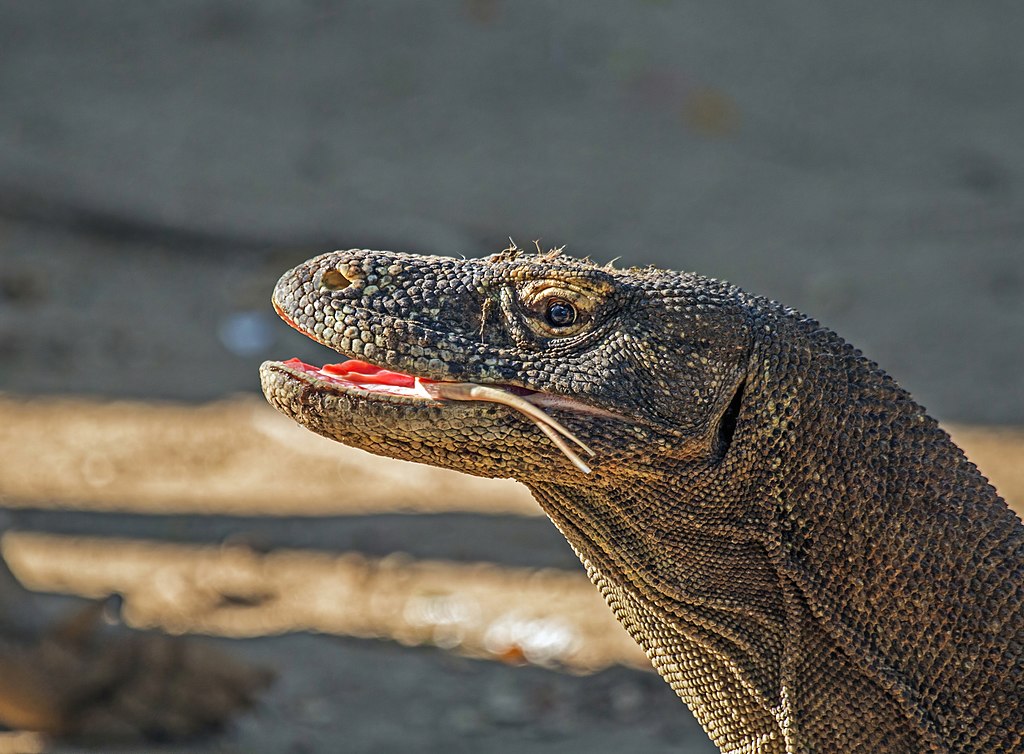
by Sharp Photography, sharpphotography.co.uk
8. KOMODO DRAGON
Where sexual genetics ascribe females with “X”chromosomes and males with “XY,” the Komodo is the opposite. These Indonesian dragons are also capable of immaculate conception, a rare method of asexual reproduction called parthenogenesis — essentially “virgin births” of perfectly healthy eggs without any present males. Biblical!
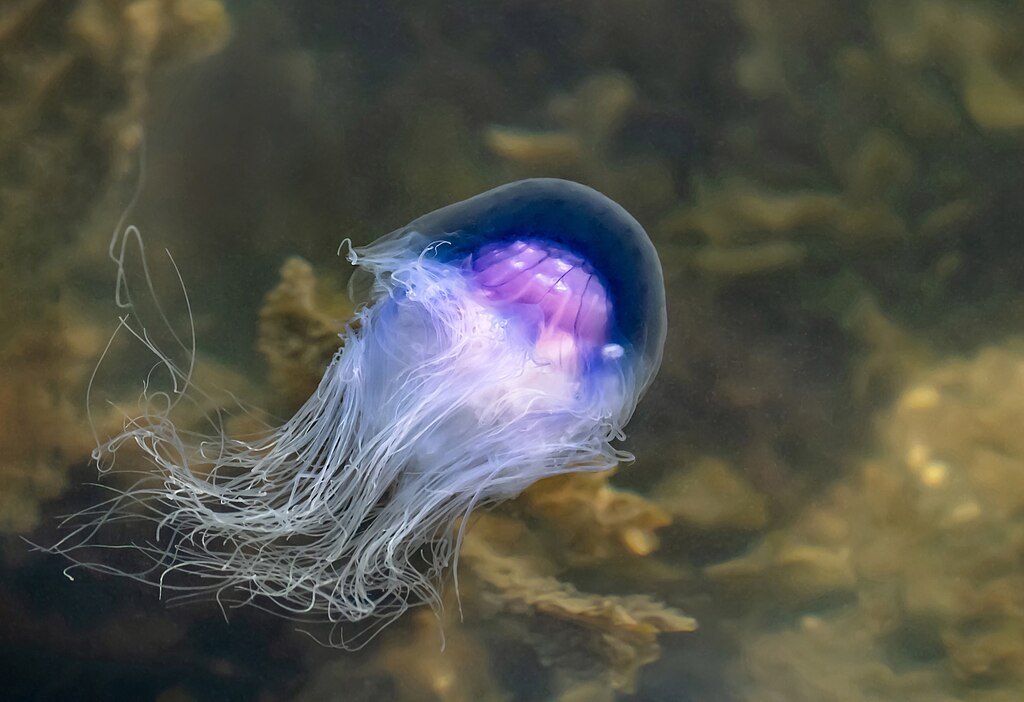
by W.carter
9. JELLYFISH
Out of reproductive need, the illustrious jellyfish is famous for its gender apathy. Some jellies can be male and female at the same time, where others exhibit sequential hermaphroditism, switching genders in order to procreate. Some are “asexual” and can generate a reproductive cycle just fine without mating. The jellyfish mentality is truly aspirational.
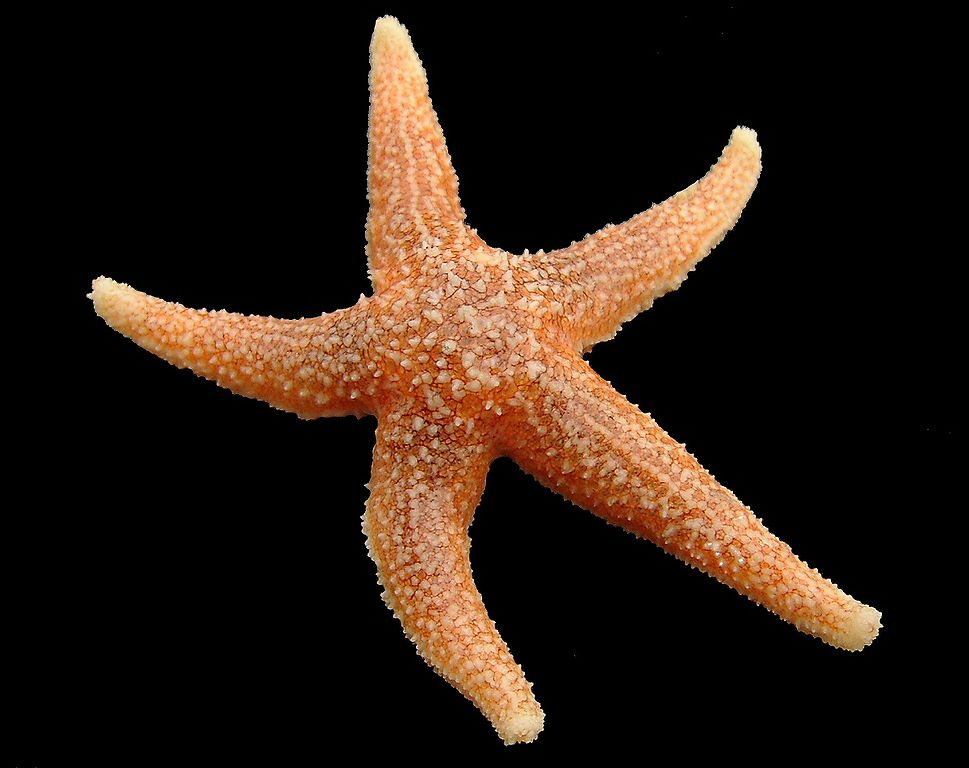
by Hans Hillewaert
10. STARFISH
Starfish have an apathy around gender as well as sexuality. When mating, they cannot see or detect their potential partner: they simply extend their “mating arm” indiscriminately. Obviously starfish are just one of 1500+ species where same-sex mating behaviors occur naturally, but some species of starfish get extra queer points with their ability to split in half and procreate two offspring fragments that are completely different genders.
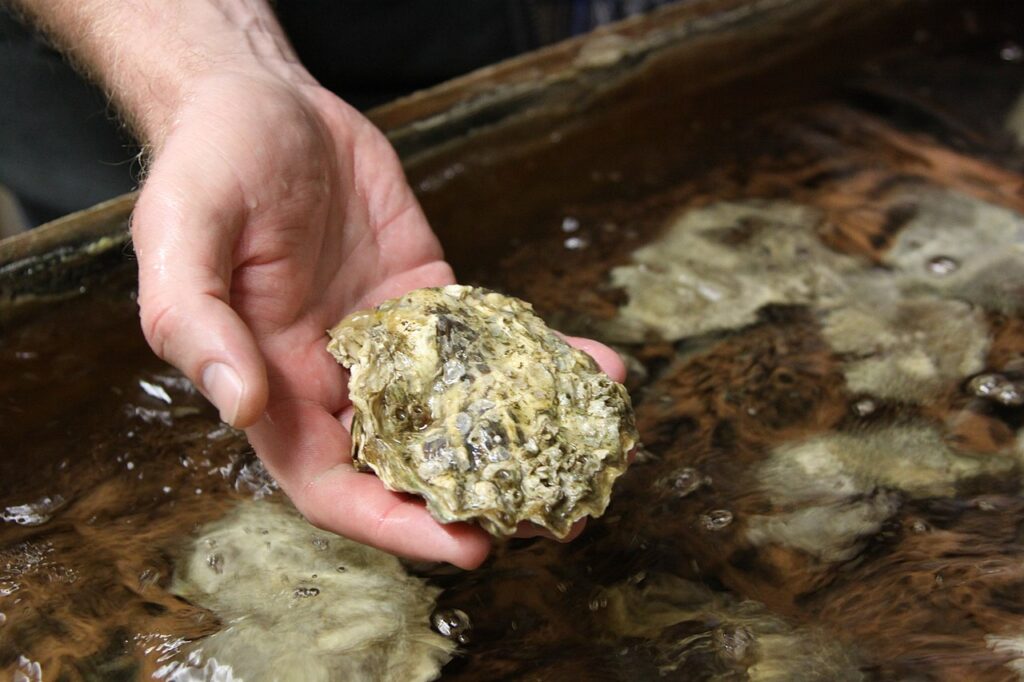
by Oregon State University
11. OYSTERS
The sea, as you may have gathered, is home to a lot of the world’s sexual diversity, and the oyster has always been that girl. A typical male oyster spends spawning season releasing an ungodly and essentially uncountable amount of sperm — ranging into the tens of billions. (One researcher suggested they were “the most fecund of species on the planet.”) After spawning, their sex radically changes to egg-making, though no one really knows why.
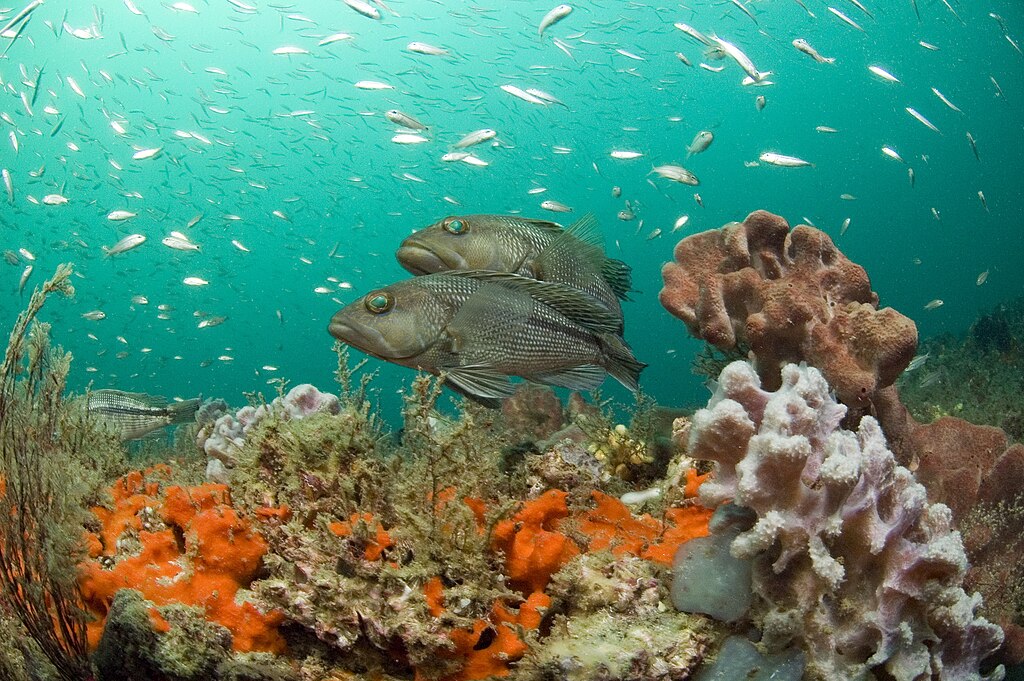
by NOAA Photo Library
12. BLACK SEA BASS
Black sea bass are protogynous hermaphrodites, changing sex in droves as a part of their evolutionary survival. Researchers observed one bass population where as much as 30% of the male bass changed sexes to even out the numbers. Though there is a theory of “supply and demand” in mating, the biological reason for this is still unknown.
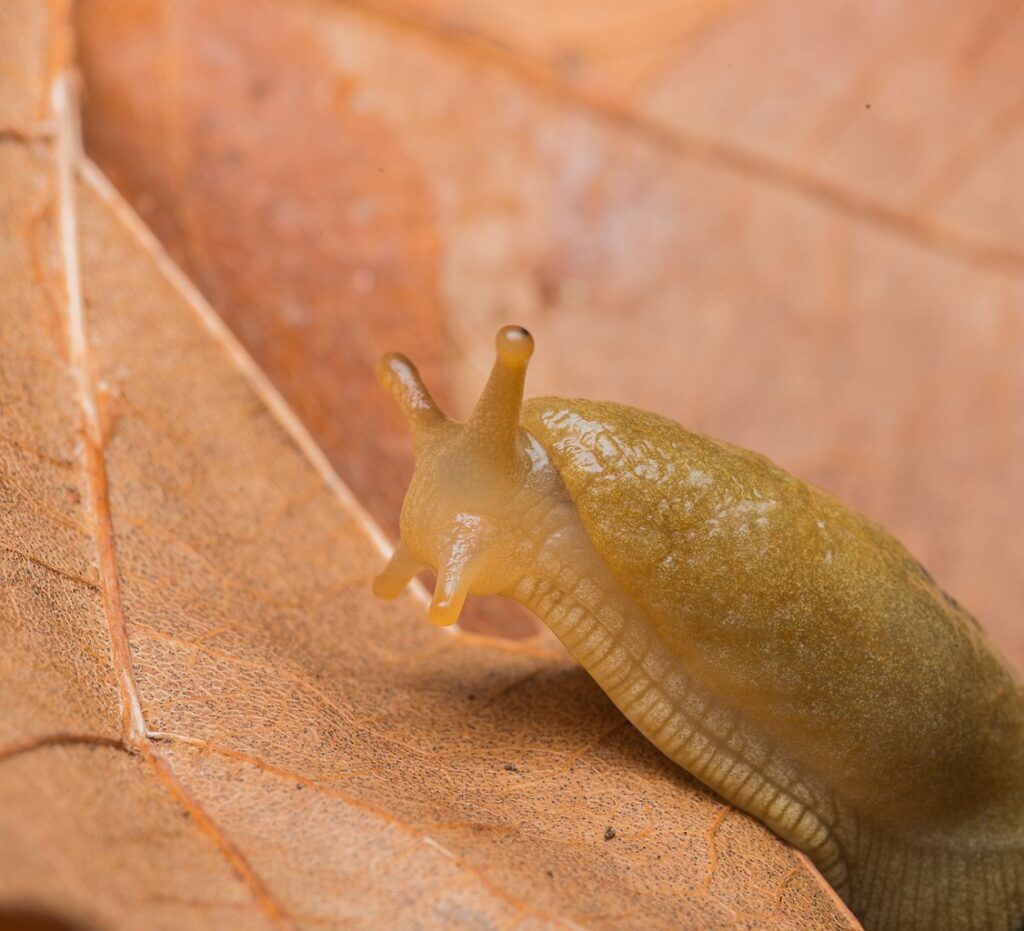
by Will Brown
13. BANANA SLUG
Like all gastropods, these chic little slugs possess an intersex-like hermaphroditism, both male and female at the same time. Though rare, some slugs have also proven the ability to make themselves pregnant. Talk about containing multitudes!
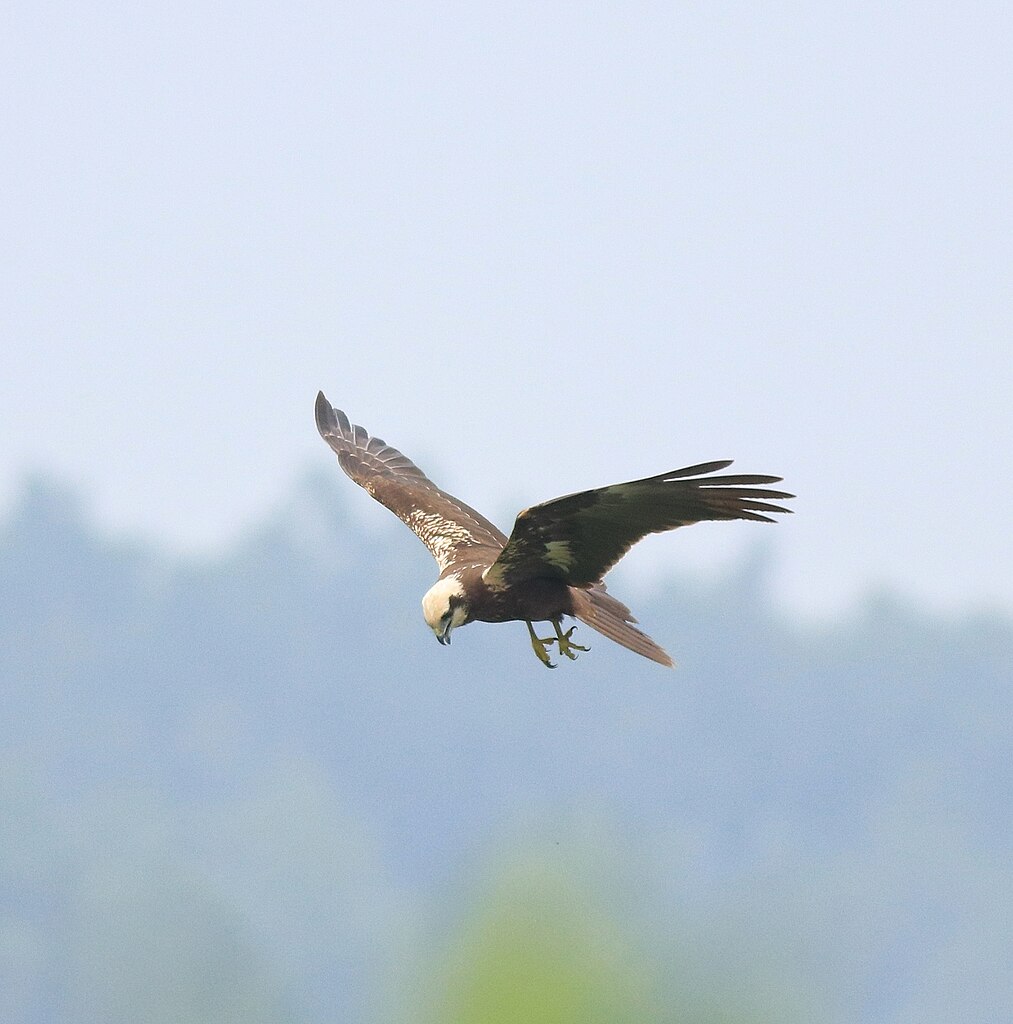
by Afsarnayakkan
14. MARSH HARRIER
Like the ruff, marsh harriers are the only bird of prey with “female mimics.” Males of this species are known to violently attacking each other, so as much as 40% of the male population “cross dresses,” developing the brown feathers and white eyes of females in order to find their peace.
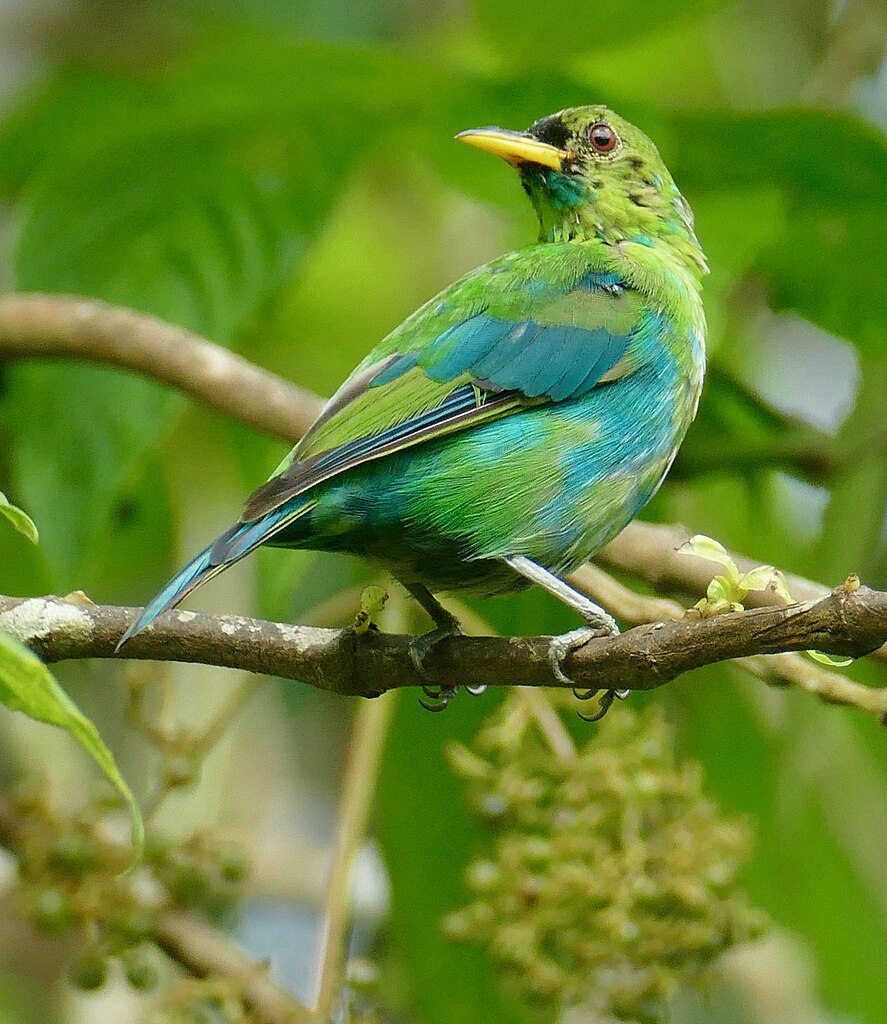
15. GREEN HONEYCREEPER
The green honeycreeper is another new addition to the tranimal kingdom. Along with chickens, parrots, and cardinals, the honeycreeper can possess a biological trait known as bilateral gynandromorphism. This means that if you cut the bird open, you’d find both testes and ovaries inside, split down the middle as “half male, half female.”
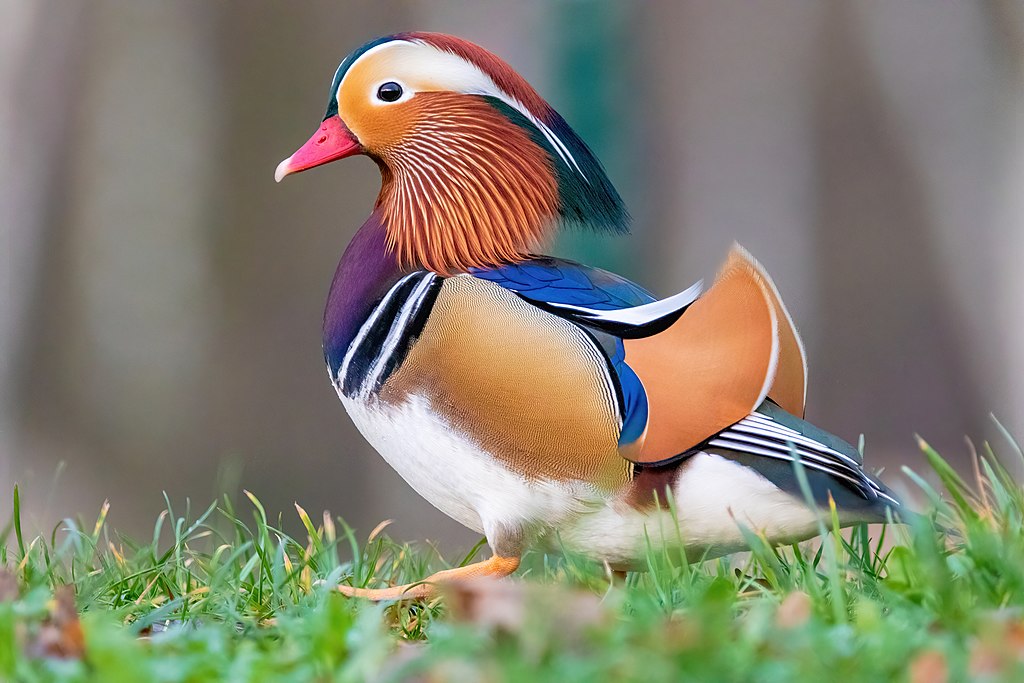
by Alexis Lours
16. MANDARIN DUCK
Though it’s rare, Mandarin ducks are one of a few bird species where females transition to male if their sole ovary experiences a failure of some kind. This adaptation leads the bird to develop masculinized plumage and sex traits. In one exceptional case, an FTM bird successfully fathered two chicks with its male partner.
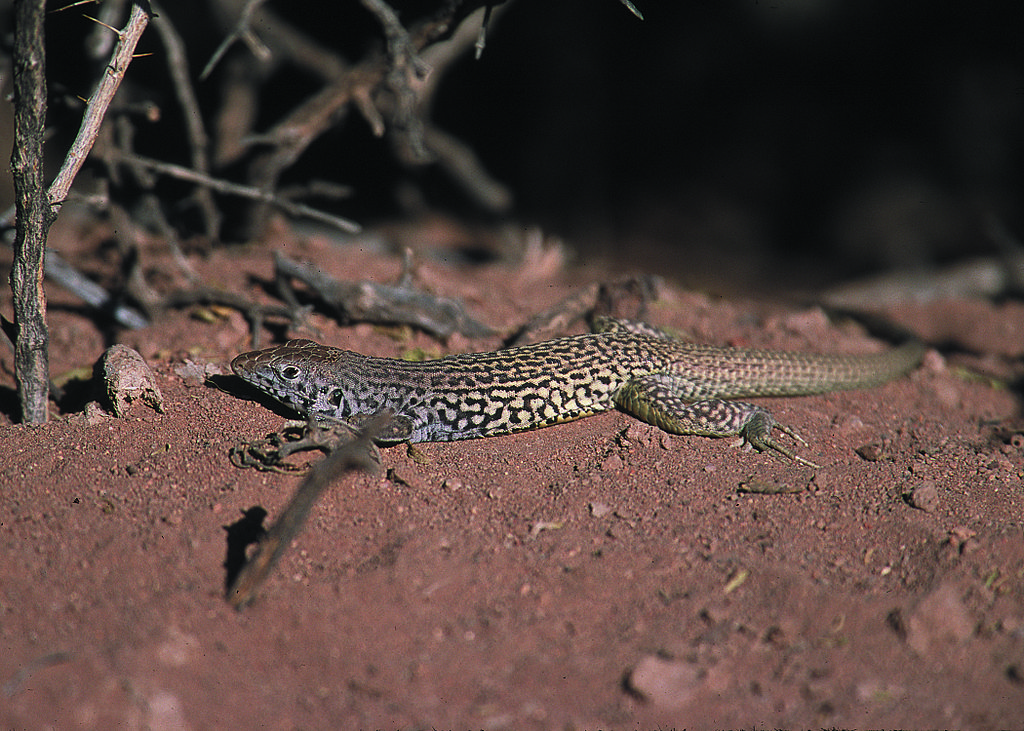
17. NEW MEXICO WHIPTAIL LIZARDS
This one-of-a-kind reptile species is known for being the only lizard species on the planet with a 100% female population, making them feminist asexual icons. Through the process of parthenogenesis, the whiptail lizards essentially clone themselves to lay eggs — but that’s not even the queerest part. Despite having no biological incentive, the all-female population will still engage in sex and mating behaviors, bumping their cloacal purses with abandon.
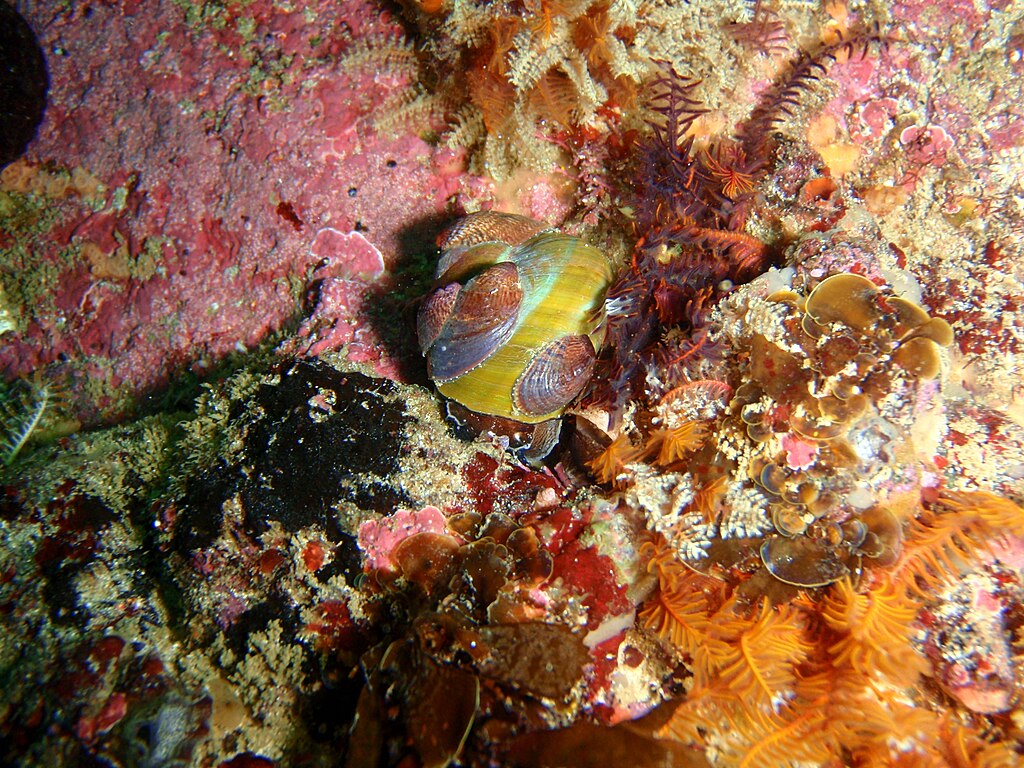
by Peter Southwood
18. SLIPPER LIMPET
This specific tropical snail species has a very unique way of enacting sequential hermaphroditism, one that remains a biological mystery. In a 2015 study, it was found that these snails are able to change gender by simply touching each other. Can science speed things along so we can encapsulate this trans magic, please?


